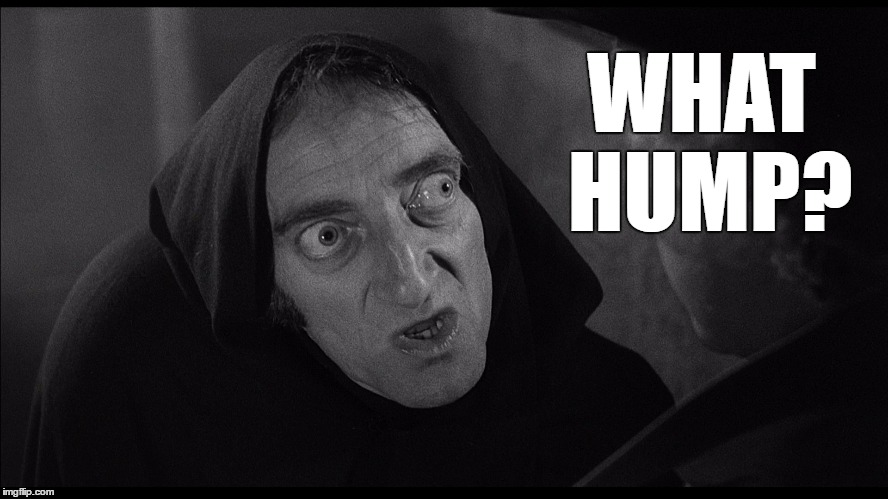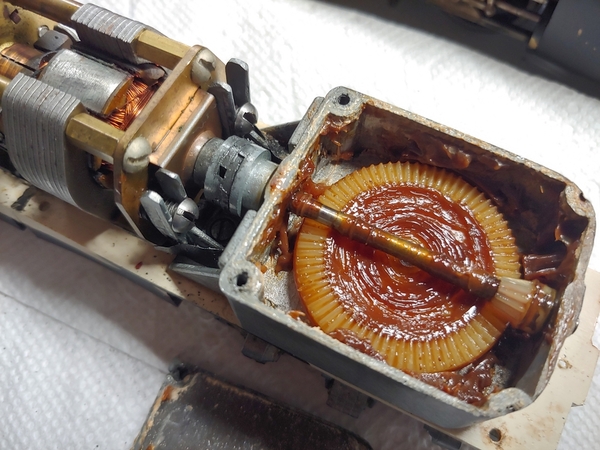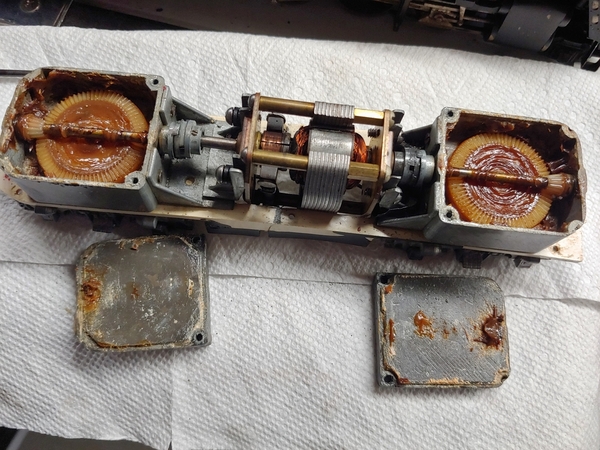This came up on eBay, listed in the O scale section; I questioned the seller, who then moved it to S scale.
You can see the slight "hump" in the roof, which according to the NASG site, identifies this as Enhorning.
I figured to myself "how often does one of these show up?" so I pulled the trigger and it should be here in the next week or so. ![]()
Here are some pictures from the listing.
It has a rather large, almost Central Locomotive Works motor:
...with some sort of "drive bands" connecting the axles. I have no idea whether the frame/drive train is stock.
Anyone here have any thoughts and/or experience with these and can tell me what I've gotten myself into? ![]()
Thanks!
Mark in Oregon












































